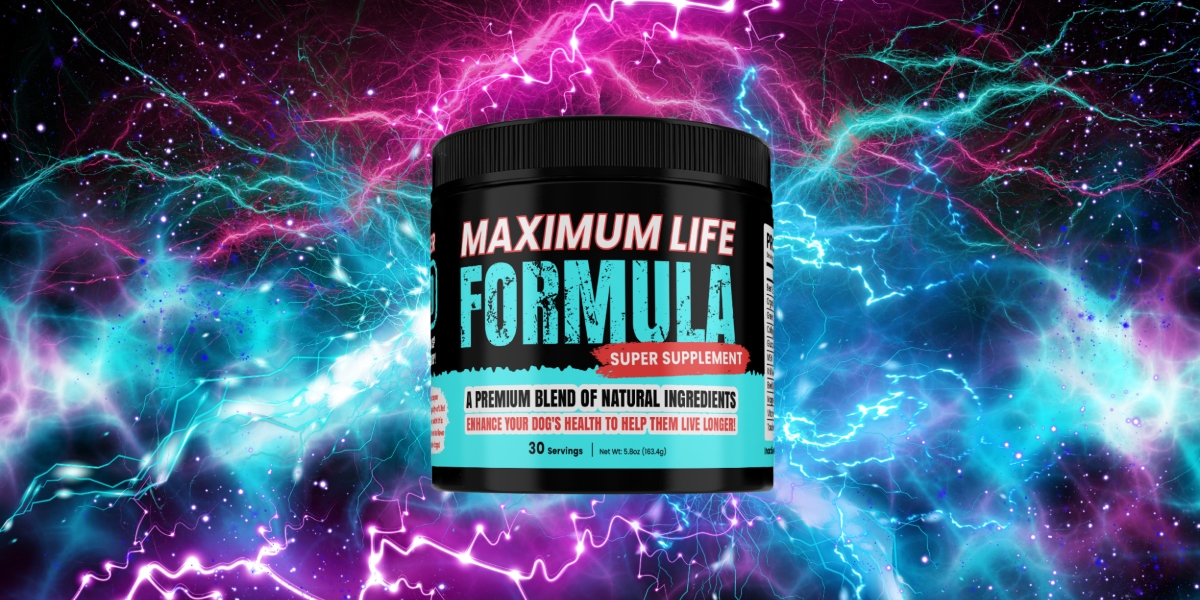By: Chiara Accardi
In today’s digital landscape, influencer marketing has emerged as one of the powerful tools for brands looking to connect with their audience. With the rise of social amedia, influencers—individuals with significant followings on platforms like Instagram, YouTube, and TikTok—have become key players in the marketing world. These social media stars have the ability to shape opinions, drive trends, and influence purchasing decisions on a massive scale. But how can brands effectively leverage influencer marketing to achieve their goals? In this blog post, we’ll explore the power of influencer marketing and offer practical tips for integrating it into your marketing strategy.
Understanding Influencer Marketing
Influencer marketing is a type of social media marketing that involves collaborations between brands and influencers. These influencers have built a dedicated following by creating content in a specific niche, such as fashion, beauty, fitness, or technology. Their followers trust their opinions and recommendations, making them valuable partners for brands looking to reach a targeted audience.
The appeal of influencer marketing lies in its authenticity. Unlike traditional advertising, which can feel impersonal and intrusive, influencer marketing is often perceived as more genuine. When an influencer endorses a product, it feels like a recommendation from a friend rather than a sales pitch. This sense of trust is what makes influencer marketing so effective.
The Rise of Influencer Marketing
The growth of influencer marketing has been nothing short of meteoric. According to a report by Business Insider, the influencer marketing industry is set to reach $15 billion by 2022. This rapid expansion is driven by the increasing popularity of social media and the shift in consumer behavior. Today’s consumers are more likely to trust recommendations from individuals they follow on social media than traditional advertisements.
Several factors have contributed to the rise of influencer marketing:
- Social Media Ubiquity: With billions of users worldwide, social media platforms have become a primary source of information, entertainment, and shopping inspiration. Influencers thrive in this environment, creating content that resonates with their followers and drives engagement.
- Shift in Consumer Trust: Traditional advertising has lost some of its effectiveness as consumers become more skeptical of overt marketing messages. In contrast, influencers offer a more relatable and authentic voice, making their recommendations more credible.
- Niche Targeting: Influencers often cater to specific niches, whether it’s vegan cooking, minimalist fashion, or tech gadgets. This allows brands to reach highly targeted audiences who are already interested in their products or services.
- Content Creation: Influencers are skilled content creators. Their ability to produce high-quality, engaging content is a significant asset for brands looking to enhance their online presence.
Benefits of Influencer Marketing
Influencer marketing offers numerous benefits for brands of all sizes. Here are some of the key advantages:
- Increased Brand Awareness: Collaborating with influencers can significantly boost your brand’s visibility. Influencers have established audiences that trust their recommendations, so when they promote your product, their followers are more likely to take notice.
- Improved Credibility and Trust: Influencers have built their following by being authentic and relatable. When they endorse your brand, they lend their credibility to your product, helping to build trust with potential customers.
- Enhanced Engagement: Influencers are experts at creating content that resonates with their audience. By partnering with an influencer, you can tap into their content creation skills and engage with your target audience in a more meaningful way.
- Access to Targeted Audiences: Influencers often operate in specific niches, making them ideal partners for brands looking to reach a particular demographic. Whether you’re targeting fitness enthusiasts, beauty lovers, or tech geeks, there’s an influencer out there who can connect you with your desired audience.
- Cost-Effective Marketing: While top-tier influencers can command high fees, there are plenty of micro-influencers with smaller but highly engaged followings who offer cost-effective partnerships. These influencers often deliver strong results without requiring a massive budget.
How to Leverage Influencer Marketing for Your Brand
Successfully integrating influencer marketing into your brand’s strategy requires careful planning and execution. Here’s a step-by-step guide to help you get started:
- Define Your Goals: Before reaching out to influencers, it’s essential to define what you want to achieve with your campaign. Are you looking to increase brand awareness, drive sales, or boost engagement? Having clear objectives will guide your influencer selection and campaign strategy.
- Identify the Right Influencers: Not all influencers are created equal. The key to a successful campaign is finding influencers who align with your brand values and target audience. Consider factors such as the influencer’s niche, follower demographics, engagement rate, and content style. Tools like BuzzSumo, HypeAuditor, and Influencity can help you find influencers who fit your criteria.
- Build Authentic Relationships: Once you’ve identified potential influencers, focus on building genuine relationships with them. Engage with their content, share their posts, and express your admiration for their work. This approach not only fosters a positive relationship but also increases the likelihood that they’ll be interested in collaborating with your brand.
- Create a Compelling Offer: When approaching influencers, it’s important to present a compelling offer that benefits both parties. This could include product samples, financial compensation, or exclusive access to new products or events. Be clear about your expectations, but also allow the influencer creative freedom to produce content that resonates with their audience.
- Track and Measure Results: Like any marketing campaign, it’s crucial to track the performance of your influencer partnerships. Use metrics such as engagement rate, click-through rate, conversions, to assess the effectiveness of the campaign. Tools like Google Analytics, UTM tracking, and social media insights can help you measure success.
- Iterate and Optimize: Influencer marketing is not a one-and-done strategy. To maximize its effectiveness, continuously analyze your campaigns, learn from the data, and make adjustments as needed. Experiment with different types of influencers, content formats, and platforms to find what works best for your brand.
Case Studies: Successful Influencer Marketing Campaigns
To illustrate the power of influencer marketing, let’s look at a few successful campaigns:
- Daniel Wellington: The Swedish watch brand Daniel Wellington is often cited as a pioneer in influencer marketing. By partnering with micro-influencers across Instagram, the brand was able to create a global presence without relying on traditional advertising. The strategy focused on sharing user-generated content, which helped build a community of brand advocates.
- Fiji Water: Fiji Water gained significant attention during the 2019 Golden Globe Awards with their “Fiji Water Girl” campaign. A model holding a tray of Fiji Water bottles photobombed celebrities on the red carpet, and the brand quickly capitalized on the viral moment by collaborating with influencers to share the images. The campaign demonstrated how influencer marketing can be used creatively to amplify a brand’s message.
- Glossier: The beauty brand Glossier has built its empire on influencer marketing, particularly through collaborations with everyday customers who love the brand. By turning their loyal customers into micro-influencers, Glossier has created a community-driven marketing strategy that feels authentic and relatable.
Final Remarks
Influencer marketing is a powerful tool that, when used correctly, can significantly enhance your brand’s visibility, credibility, and engagement. By partnering with the right influencers, you can reach your target audience in a way that feels genuine and trustworthy. As the digital landscape continues to evolve, influencer marketing will remain a key component of successful brand strategies.
Whether you’re just starting out or looking to refine your influencer marketing approach, remember that authenticity and alignment are key. Focus on building meaningful relationships with influencers who truly resonate with your brand, and you’ll be well on your way to creating impactful campaigns that drive results.
Published by: Khy Talara










